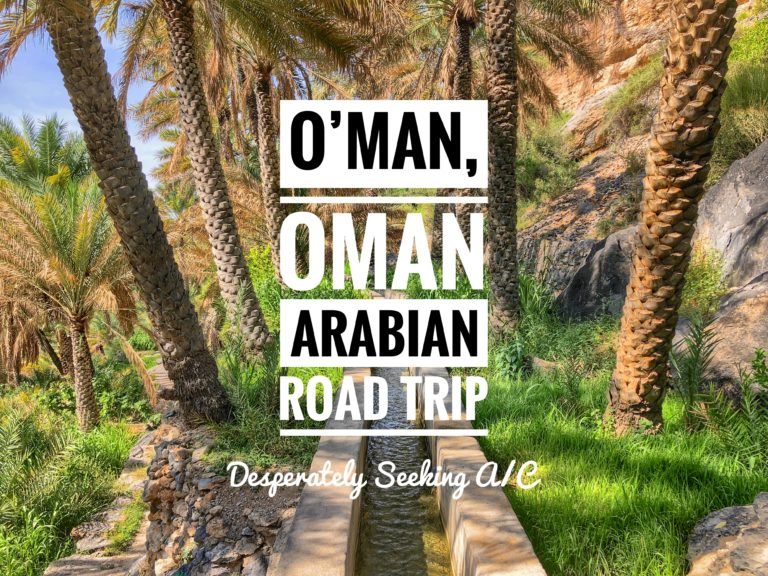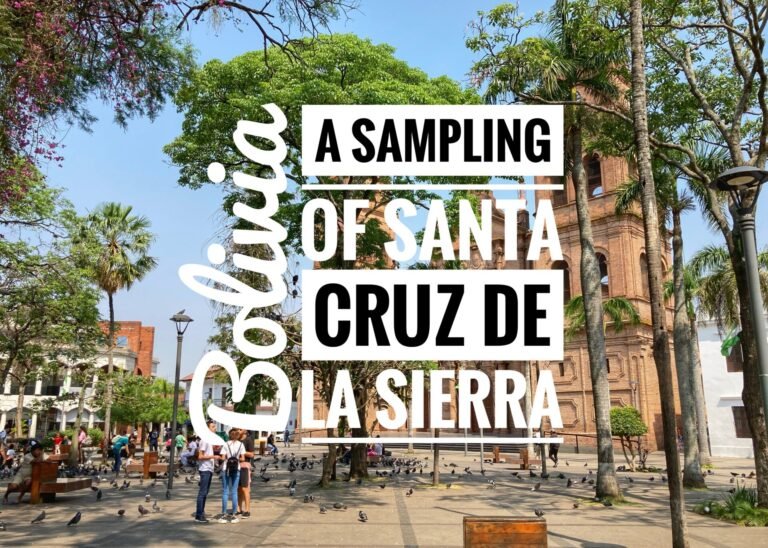
In its early days, Spain owned a flourishing city called Buenos Aires. You may have heard of it. And, across the Rio de la Plata, actually an estuary, Portugal had a powerful fort in Colonia del Sacramento. Naturally, both Spain and Portugal desired control of this river because it provided access to the gold and silver found in Peru and other South American lands, which of course meant they could ship back to Europe easier to stick in their fancy buildings.
Thus, throughout its turbulent history, Colonia del Sacramento was constantly disputed by Portuguese and Spanish. It was invaded seven times from its foundation in 1680 until 1777, when it definitely became Spanish. Today, Colonia del Sacramento is an UNESCO world heritage site and a typical day trip for tourists from Buenos Aires. It was very picturesque and lovely, but perhaps a bit underwhelming as a follow-up to our time in Minas Gerais.

The Barrio Histórico occupies a small peninsula edging out into the water and its most notable feature is its faro, or 19th century working lighthouse.


The streets of Colonia were lined with barren sycamore trees on that grey winter day. For us, it felt a little peculiar to see palms mixed in the bunch.

Colonia has several visual delights. We really loved the old cars on the streets.

Even an Opel station wagon, circa 1950’s (??). It brought Mandy flashbacks of little villages in Cuba.

It had multiple cute restaurant options, although few were open on that Tuesday morning.

In fact, it felt pretty desolate overall.

We kept taking photos of this building because it was the most vibrant one in town. In our short time there, we certainly didn’t see the color pops like in other Latin American locales.

Street scene Colonia

The Bastion de Santa Rita was also part of the old fort. It has now been swallowed by restaurants.
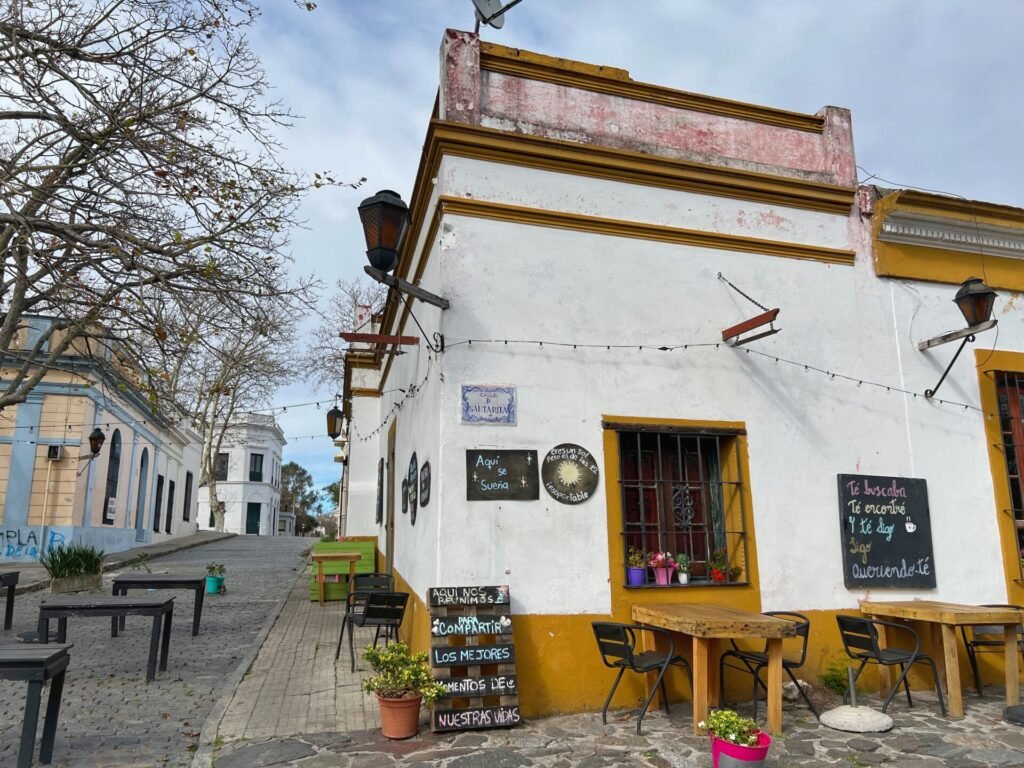
A corner cafe.

And a brewery!

The earth trying to eat these cobbles alive.



The lighthouse stands within the ruins of the 17th Century Convento de San Francisco. The light itself is remarkably still used.


You can climb the lighthouse for less than $1 but be prepared to get behind a train of slow movers on the way up. From the top of the lighthouse you receive sweeping views of the city and river.

Antiquing, galleries and souvenir shopping abound.

More grow shops. In case you missed it, yes recreational marijuana is legal in Uruguay.

Here’s a tip. Don’t buy a meal if it has “turístico” in the name. You are getting overcharged. This one is equivalent to $15, but does include three courses. Since that’s more than half our daily budget for two meals, we opted for $4 sandwiches at a street vendor instead.


You can find these street vendors in the form of “carritos.” And yes, they obviously “borrowed” the complete identity of California’s “Big Boy.” 🤣

But we almost ate here just for the color hit…

As mentioned, this Portuguese city was in constant danger because of its strategic location in the Rio de la Plata estuary. Due to this constant dispute, the Governors House, now in ruins, had a watchtower to survey the surroundings, probably with a spiral staircase to access it. Excavations made from 1990 to 1993 revealed this structure.

The most dramatic way to enter Barrio Histórico is vía Portón de Campo, the reconstructed 1745 city gate.


From the historic center, we walked a path along the river the hour back to our couchsurf. Passing happy hour signs which indicate the Uruguay culture is a lot like that of Spain’s….starting way too late for our taste. 🤣

A Crested Caracara is a bird of prey common to Uruguay but found throughout the Americas.

The 1908 Plaza del Toros is an abandoned bullfighting ring which is slowly dilapidating. Though bullfighting is associated most closely with Spain, bullfighting had a very brief life in Uruguay until it was banned by government decree in 1910. Told ya Uruguay was progressive!
According to Atlas Obscura, “the Moorish style bull ring opened for locals in 1910, with bulls — as well as bullfighters Bombita Grande and his brother Bombita Chicos — shipped all the way from Spain to perform in the bloody entertainment. The ring itself was 50m in diameter and had seating for over 8,000 spectators. People came all the way from Argentina to see the spectacle, however, there were only eight bullfights held here between January and March 1910.”

The bull ring was part of the larger Real de San Carlos complex which also included a hotel-casino, a ferry dock and a race track. Today the race track is the only thing still in use. We happened to be there on the biggest meeting of the year which happens every August 25 when thousands of fans of horse racing gather for Uruguay’s Independence Day. Unfortunately, our timing, nor available cash, was the best.

But it was still fun to see the festivities beginning.

It seemed like most people were just gathered around drinking maté and doing the same thing Americans do on their Independence Day…grilling. Expecting a loud night, we asked our hosts if people also celebrate Independence Day with fireworks. Apparently, the answer is no. Fireworks have also been banned for years because of their effects on animals, and people with disabilities. Wow…this country is different.

Speaking of maté, we noticed that the stores sold a “nerviosos” variety. Perhaps without caffeine or a good Valerian-induced version. Sounds like a winner for Mandy. And for those dogs that have to listen to fireworks.

Or, there’s always the option to just add this to your maté, which would probably help too. 🤣

Colonia also has an interesting-looking railroad museum, which was closed for the holiday.


We headed for a walk along the beach. Not quite Brazil quality but still nice.

On our walk back, we began to notice all the different boxy and geometric houses in the countryside. Many of them seemed to be created with repurposed shipping containers. Brilliant.
Our Accommodation
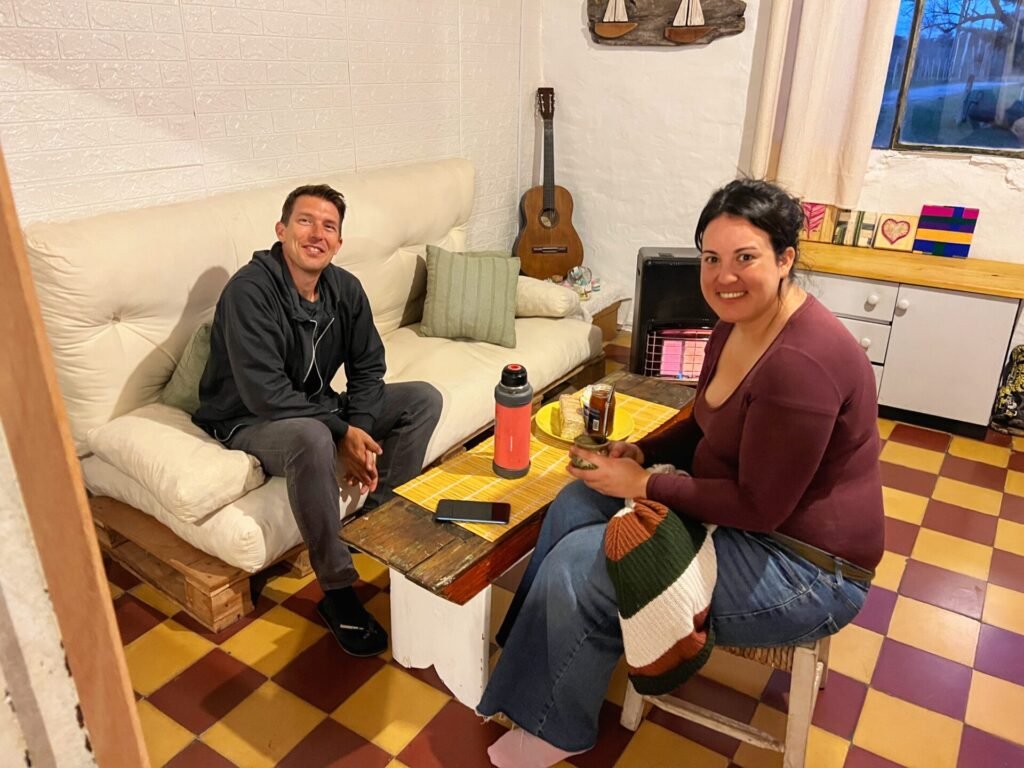
We knew we wanted to experience the real Uruguay, so what better way to do so, while also saving on accommodation, than a rural Couchsurf outside of Colonia del Sacramento? Our Spanish-only speaking hosts, Evangelina and her papa Daniel could not have been more kind. Eva even let us stay in her simple and cozy casita, while she stayed with her mom down the road, so we had our own place with a kitchen and bathroom, while her papa lived next door.
And, we certainly got the full Uruguay package…maté, horses, grilled meat over the fire and…absolute tranquility, which is one thing that was consistent during our time in the country. (Most likely due to the winter season.)
When we arrived, Evangelina picked us up at the bus station near the historic center of Colonia. Although she lived about an hour’s walk from the center, she told us she’d be happy to also be our chauffeur! Wow! What a hostess! We swung by the market on our way to the house to pick up a few things, which definitely made life easier.
We immediately settled into Evangelina’s casita next to the luscious heater with a pot of hot water and a maté cup to share. It is custom to pass around the cup (calabash) in a zig zag pattern so that it always returns to the person with the hot water after a person is done.

Maté (so popular it has its own emoji)🧉 is brewed from the dried leaves of an evergreen shrub or tree, which is related to holly. You fill the cup entirely with these herbs, top with hot water, and then use a bombilla straw to drink the tea which is gone in about two sips. The taste is earthy, vegetal and a bit bitter. Not overly enticing but not terrible either. And, we found out very quickly we had violated our normal “no caffeine” after 2 pm guideline because we were already feeling the neurons fire. Although this helped with the Spanish conversation, it definitely made us reach for the melatonin and wondering how the hell the locals drink this all day everyday…AND coffee! 🤣

Evangelina’s casita where we stayed. First time on a twin bed in awhile. That was fun at 40-something….especially after one too many maté slurps. 🤣

Evangelina’s endearing dad, Daniel, who lived next door to us and worked in construction.

They had five horses on their farm, including an adorable fuzzy caballito or pony, named Corchito, which means little cork. He must have popped right out of his mama.


The front of Evangelina’s homestead. It was a rustic and simple life. And the back. We loved it.


More horse friends, which we got to feed with Evangelina more than once.

There was even one with blue eyes!
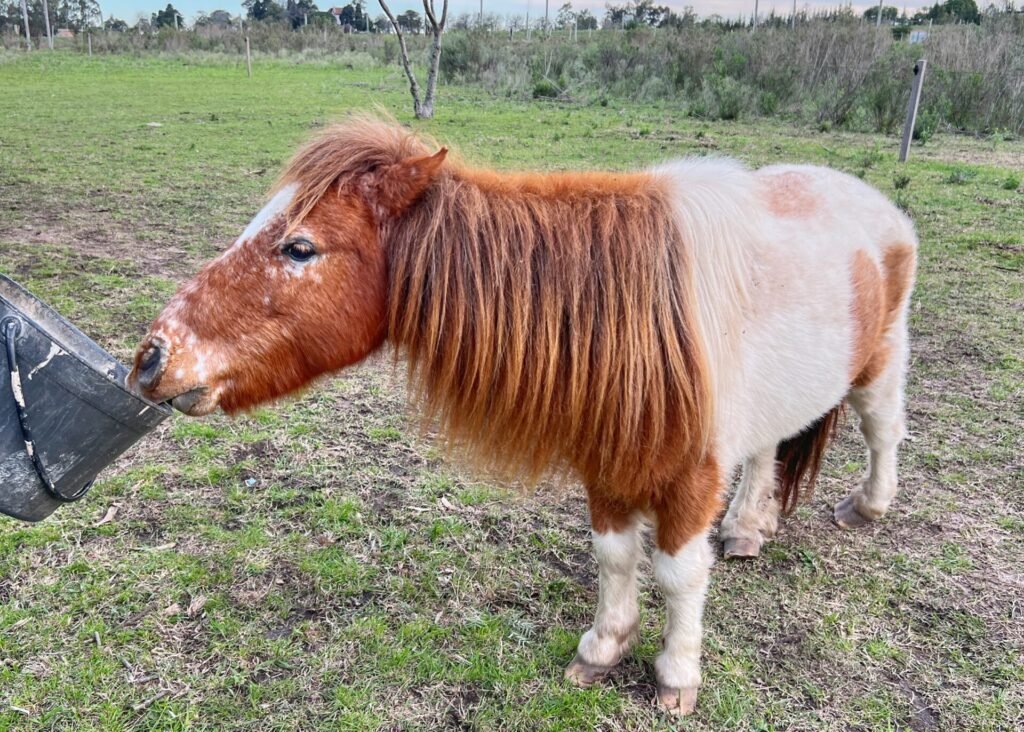
We noticed the pony looked a lot like the Shetland ones in Scotland. When we asked her about it, she didn’t seem to know. (Or, we more likely just didn’t understand her response!) 🤣

It was the first time we were surrounded by complete silence in a really long time and so therapeutic! Not so easy to find this kind of tranquility in Latin America.

To celebrate Uruguay’s Independence Day on August 25, Evangelina and her papa invited us over to his place for a traditional parrilla cooked over the open flame. Despite Mandy’s proclivity to not eat red meat, it seemed like an appropriate time for a cultural exception. We had a really lovely evening with them and it also really upped our Spanish game. 🤣.

The next day, we took Evangelina out for a coffee at a lovely cafe on the water to thank her for all she’d done for us.

She is very special person with a huge heart and we’re so happy to have had this opportunity.
Uruguay Wrap-Up
In six days we could hardly consider ourselves experienced enough to truly rate or even understand the intricacies of a country. Therefore, this wrap-up is mostly based on our first impressions and personal upsides and downsides of Uruguay.
Time Spent: 6 nights
Money Spent: $233.16 or $38.86/day
5 nights of accommodation were free
Places Visited: Punta del Este (1) Montevideo (2) Colonia del Sacramento
Favorite Place: Colonia
Least Favorite: Punta del Este
Best Stay: Couchsurfing with Evangelina
Favorite Experience: spending Independence Day with locals
Would we return? Doubtful
Upsides:
- A very socially progressive country which leads the way in Latin America for empowering women, LGBT rights, secure access to housing and jobs across race and gender, and low levels of corruption.
- They suffered very little inflation with the pandemic.
- The overall vibe is very chill and peaceful. It feels a lot like Europe, especially in the capital.
- People are very polite and smiling. They stop in the crosswalks, drive calmly and appreciate your Spanish efforts.
- You can get USD right out of the ATMs
Downsides:
- It was 7 degrees (46 F) and still we got a couple mosquito bites
- The accent was difficult for us to understand. First exposure to the “sh” sound replacing the “ll” which continues in Argentina.
- It’s expensive…the most costly Latin American country we’ve been to. An average budget accommodation is $40/night.
- It was cold and grey most of the time (late August)
- Lacking in significant tourist draws, although it seems like a very nice place to live

